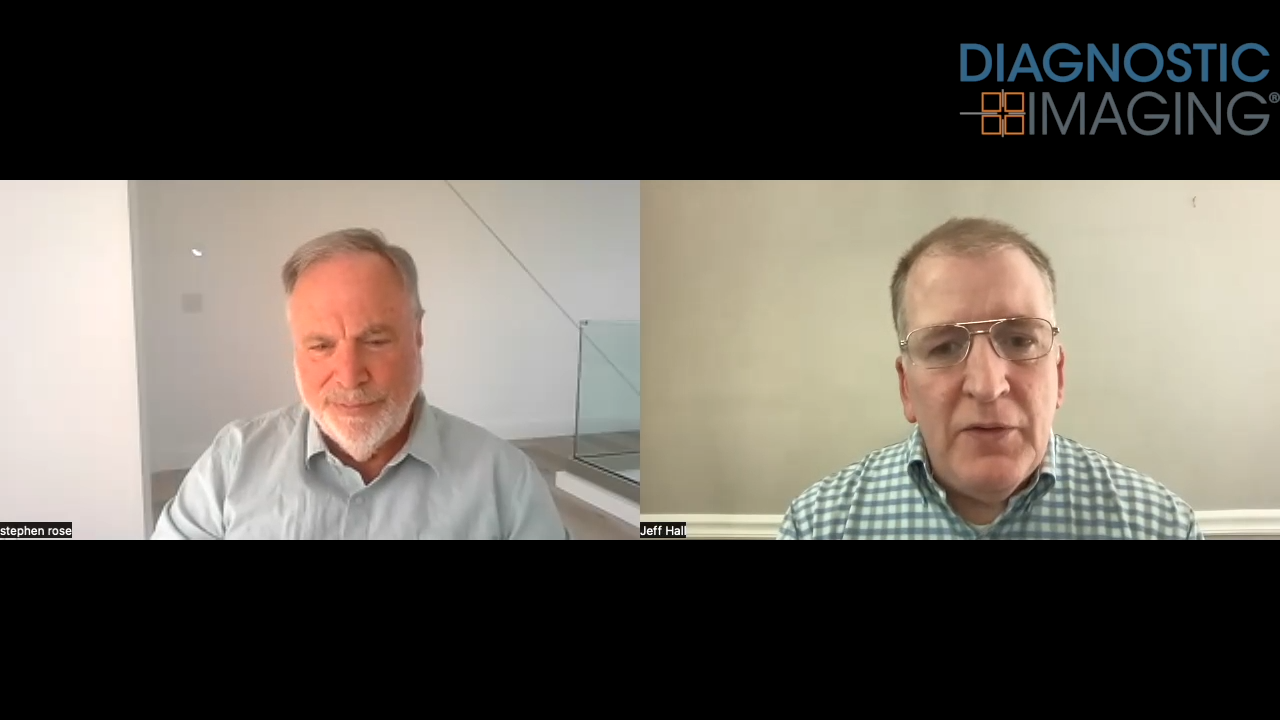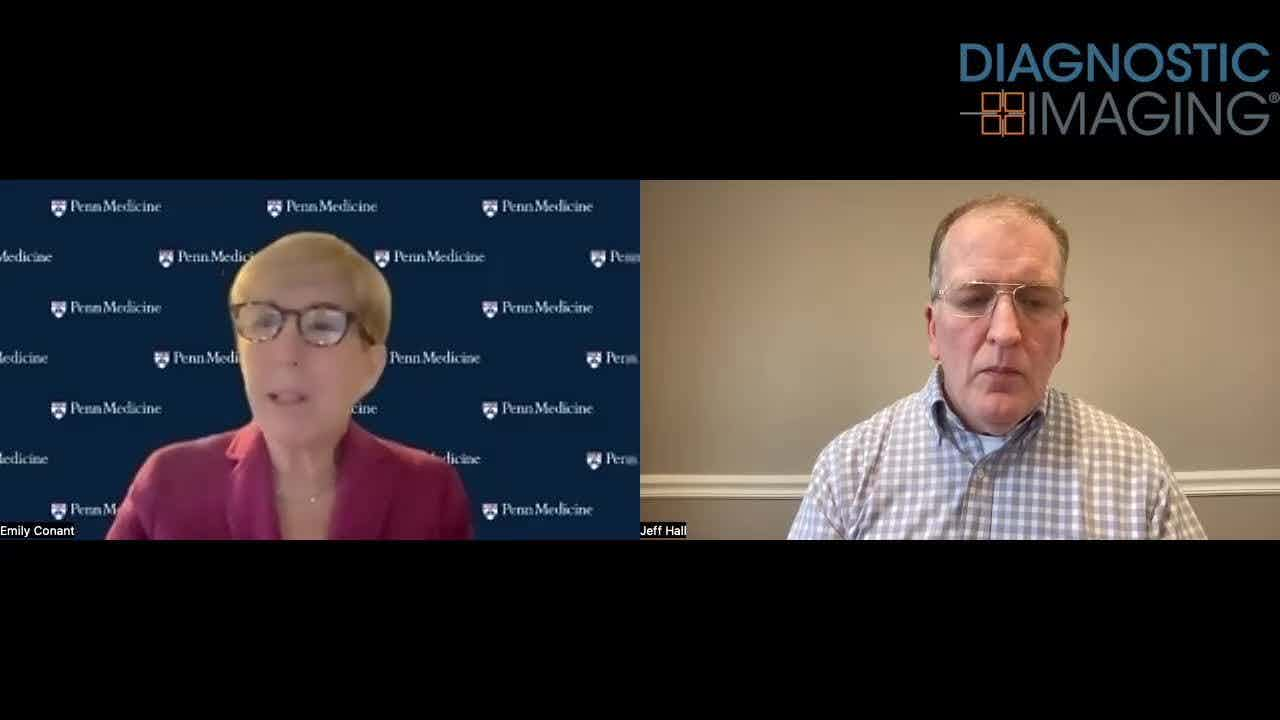Use of Digital Breast Tomosynthesis in Cancer Screening
Radiologists are using DBT for breast cancer screening, but it still is a limited resource.
Digital breast tomosynthesis (DBT) is becoming more common but remains a limited resource, according to a study published in the Journal of the American College of Radiology.
Researchers from the University of Colorado Denver in Aurora assessed the utilization of DBT and the criteria for offering DBT to patients. The researchers distributed an online survey for physician members of the Society of Breast Imaging to assess their use of DBT. The questions covered availability of DBT at the participant's practice, whether DBT was used for clinical care or research, clinical decision rules guiding patient selection for DBT, costs associated with DBT, plans to obtain DBT, and breast imaging practice characteristics.
The results showed a response rate of 37% (670 members); 30% (200 respondents) reported using DBT, with 89% using DBT clinically. Participants were more likely to report DBT use if they worked at an academic practice, a practice with more than three breast imagers, or a practice with seven or more mammography units. Criteria used to select patients to undergo DBT varied:
• 107 physicians (68.2%) used exam type (screening versus diagnostic)
• 25 (15.9%) used mammographic density
• 25 (15.9%) used breast cancer risk
Fees for DBT ranged from $25 to $250. In addition, 62.3% of nonusers planned to obtain DBT.
The researchers concluded that DBT is becoming more common but remains a limited resource. Clinical guidelines would assist practices in deciding whether to adopt DBT and in standardizing which patients should receive DBT.
AI-Initiated Recalls After Screening Mammography Demonstrate Higher PPV for Breast Cancer
March 18th 2025While recalls initiated by one of two reviewing radiologists after screening mammography were nearly 10 percent higher than recalls initiated by an AI software, the AI-initiated recalls had an 85 percent higher positive predictive value for breast cancer, according to a new study.
ECR Mammography Study: Pre-Op CEM Detects 34 Percent More Multifocal Masses than Mammography
February 28th 2025In addition to contrast-enhanced mammography (CEM) demonstrating over a 90 percent detection rate for multifocal masses, researchers found that no significant difference between histological measurements and CEM, according to study findings presented at the European Congress of Radiology.
Study: Mammography AI Leads to 29 Percent Increase in Breast Cancer Detection
February 5th 2025Use of the mammography AI software had a nearly equivalent false positive rate as unassisted radiologist interpretation and resulted in a 44 percent reduction in screen reading workload, according to findings from a randomized controlled trial involving over 105,000 women.










